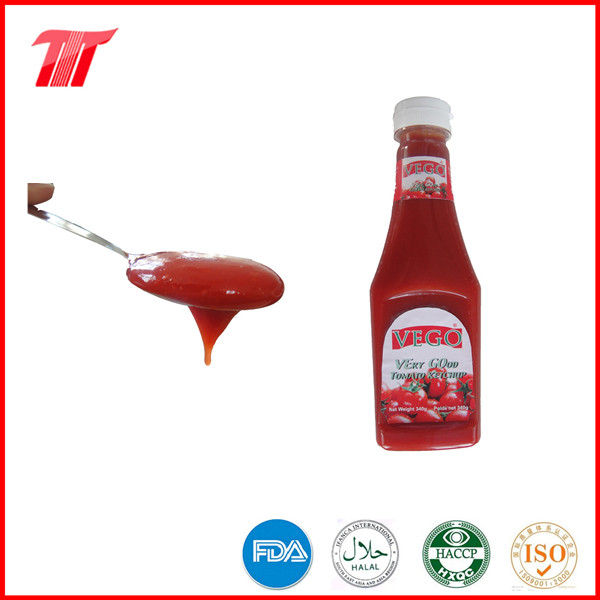The scientific name Oulema oryzae (Kuwayama) is of the order Coleoptera and Eucalyptus. Commonly known as back maggots, swine maggots. It is mainly distributed in the northeastern and central-southern rice areas.
Host rice, white rice, millet (corn millet), wheat, corn, Lee's clam, reed, alkali grass and so on.
Injury characteristics, larvae eat leaf-meats, residual veins or a layer of transparent epidermis, white streaks appear on the victim leaves or the whole leaf white and dry coke, in serious cases the whole plant withered.
Morphological characteristics Adult body length 3.7-4.6mm, width 1.6-2.2mm, head, tentacles, small scutellum black, pronotum, feet most yellow-brown to red-brown, coleopter wing blue, with metallic sheen, body ventral surface Black, with engraved head, antennae up to half of the body, the length of the prosthodontic plate longer than wide. The scutellum is inverted trapezoidal, and there are 10 longitudinal engraved points on the elytra, and the sides are nearly parallel. The egg is about 0.7mm long and has a long oval shape. It is light yellow when it is first produced, and it turns dark green to grayish brown when it is produced. The larvae have a body length of 4-6 mm and a total of 4 years of age. The head is small, dark brown, and the dorsal bulge is very obvious. Soon after the larvae hatch, yellow or dark green stools accumulate on the body's back. About 4.5mm in length, there are white cotton-wrapped enamel outsourcing.
Life habits are born one generation, with adult worms in the fields near Tianqu, Drainage, and ponds. In late spring, overwintering adults first damage grasses and weeds. From late April to early May, when rice and other seedlings emerge from the water surface, they migrate to rice and cause damage. The eggs are produced at the tip of the leaf near the leaf, and few produce. On the dorsal and leaf sheaths, eggs are polysynthetically produced, usually 2 to 13 grains are arranged in 2 rows; newly hatched larvae are mostly damaged in the heart leaves, and then spread to the leaves, the larvae are afraid of light, like to damage in the morning dew, sunny noon Hidden in the back of the leaf or on the heart and leaves, the last instar larvae remove the aphid, secrete the white spores and congeal into the sputum, then phlegm the sputum in the sputum. In late May and early June, the larvae enter the flood season, and adults spend their winter after early August. Female adults live 309-328 days, males 245-277 days. Adults copulation temperature 16-22 °C, relative humidity 80%, repeated mating female performance, males can not. At the time of the first copulation time from 9 to 16, the second time from 18 to 23 o'clock, the average daily temperature exceeded 15°C and spawning began.
Control methods (1) After the larvae have been started, the field water is allowed to dry, lime powder is added, and the larvae on the leaves are then swept down in the field. The larvae can also be swept away with fleas in the morning when the dew is not dry, and the larvae can be pasted by combining tillage. Mud is effective. (2) In the larvae of the 1st and 2nd instar stages, spray 50% of acaricolic pine oil 1000 times or 25% of cicade (quizion) EC 1000 times of 190% of crystal trichlorfon 800 times, 50% of phoxim Emulsion 1500 times liquid, spray good liquid 75L per 667m2. About once every 10 days, 1 or 2 pest control cases are considered.
Tomato Ketchup in plastic bottle - Our new product. We can do different types tomato ketchup as per customers' requests and markets quality standard, the paste is normal natural red color tomatoes. Quality is always our life, so we try our best to keep our high quality. Our normal size is 340g. Waiting for your inquiry!
*Related Products:Tomato Paste for benin,high quality tomato paste,spcicy tomato paste.

Tomato Ketchup
Tomato Ketchup,Green Ketchup,Canning Ketchup,Different Packagings Tomato Paste,Tomato Sauce
Hebei Tomato Industry Co., Ltd. , https://www.hebeitomato.com